Mayevsky's taps for heated towel rails: functions and device
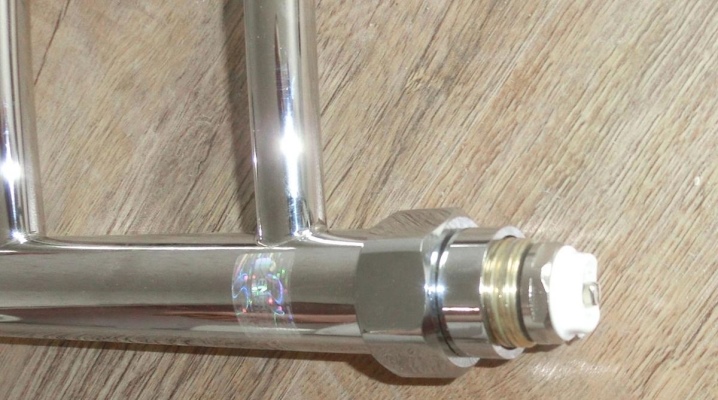
Mayevsky's taps are very important for a heated towel rail. You need to know how to use this device and how it works. A separate important topic is how to install it on a water model and a "ladder".

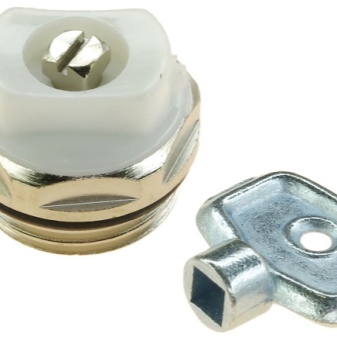
Valve device
Mayevsky's taps for heated towel rails have been in use since the early 1930s. Previously, they were only used for conventional heating systems. Precisely speaking, a similar system appeared thanks to the development of the engineer Mayevsky in 1933, who improved the early samples. It is worth considering that the official name of the device is different - the radiator needle air valve. This is the term given in GOST and SNiP.
Mayevsky's crane works by spontaneous emission of air to the outside. When it opens, the bolt needle rises. It is she who opens a special hole, the cross-section of which is 0.2 cm. It is through it that the excess accumulated air is thrown out. The functional connection plays an important role.
The movement of this fitting is carried out by a screw equipped with a square head.

Attention: when using a Mayevsky crane, it is required to stop the circulation pump. Otherwise, it will not be possible to effectively bleed the air.
When equipping heating systems with internal pumps, they must be disconnected from the power supply. The need to deal with air congestion arises if:
-
a new dryer or heating device is installed;
-
water was discharged from the system in case of an accident or overhaul;
-
installed new radiators;
-
air leaks for a long time during normal operation;
-
air bubbles come out of the water (this is a natural physical process, and it is impossible to fight it on household heating and water heating networks);
-
due to corrosion, airing of systems occurs.
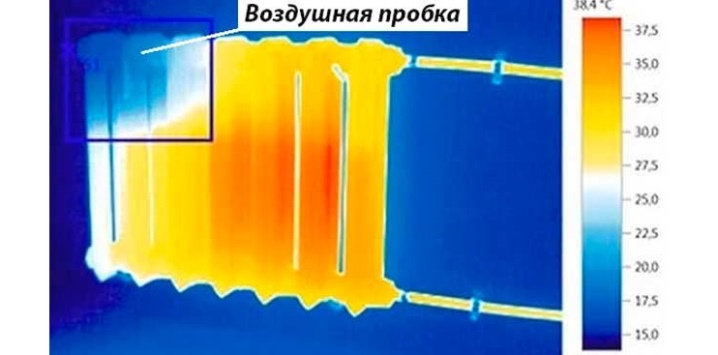
It may seem that this is something harmless, and does not pose any threat. However, everyone who actually encountered air jams definitely agree that Mayevsky's tap is really needed on heating networks and on heated towel rails. Due to traffic jams, the coolant enters the separate parts of the communications worse, or does not pass there at all. As a result, part of the device is inactive, remains cold, regardless of all efforts being made.
The specific air release models can vary considerably. The classic Mayevsky device is designed for manual work. Advanced automatic systems do not require human intervention. But manual equipment can be installed almost as you like. But the automatic air vent must be placed strictly vertically, otherwise it will not fulfill its task.
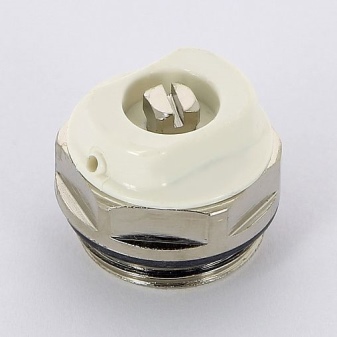
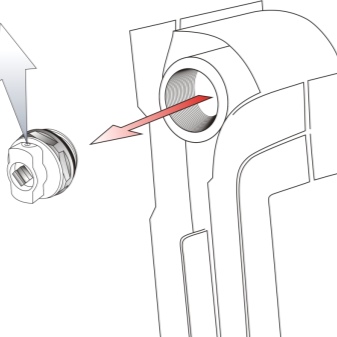
A traditional needle valve device contains:
-
metal body;
-
a rod with a thread applied to it and special grooves;
-
a hood equipped with an air passage;
-
O-ring rubber sealing element.
Almost all parts, except for the seal, are made of rubber. At home, models with a special key are widely used. This is a practical and trouble-free solution.
From below, along the entire diameter, the product is equipped with a thread. It allows you to mount the device in the mounting position of the radiator plug.

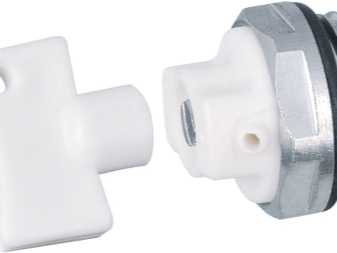
Suppose Mayevsky's tap is idle at the moment. Then the screw that controls the stem is screwed in all the way. Its needle is in contact with the shell of the hole used for the descent.But if there is a need to bleed air, using a special sample key or a screwdriver, unscrew the screw 2 or 3 turns. Air, due to its lower density, rushes into the hole before water begins to flow there.
The air stream then moves through the longitudinal grooves on the rod. Having passed them, he finds himself under a cap made of nylon. From there, there is already a discharge through the external channel. The signal to stop the release is the appearance of water. Plumbers (or homeowners) won't have to do anything else; the only caveat is that sometimes the cleaning of the line has to be repeated, since it is not possible to release all the air at once.

The automatic device works a little differently. The air vent is placed in a cylinder-shaped housing. A whole complex of levers is hidden inside. The stem is positioned strictly vertically. Air (and, if necessary, water) is discharged from the bottom.
If the cylinder is filled with water, its head raises the float. The pressure presses on the needle block of the valve. And it already closes the upper outlet opening. However, as soon as air enters, the pressure decreases. The needle element goes down, the calibration hole opens, air exits and the cylinder fills with water.

How to choose the best model?
It is worth considering for a start that some heated towel rails are made with the top, and others with the bottom connection. In this case, it is required to use a strictly suitable regulator type. It is useful to choose models with a brass base. And you should also pay attention to:
-
thread characteristics;
-
ease of use of devices;
-
addition of the fitting with a sealing rubber.
Advanced machines are equipped with a ready-to-use plastic valve. This eliminates the need for auxiliary keys and screwdrivers. However, the availability of controls for children poses a serious danger. Only traditional models should be used in houses and apartments with children. It is not very reasonable to focus on the cost of products.
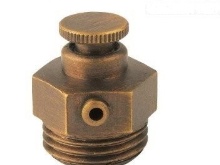
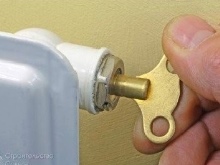
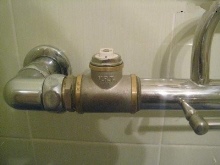
Where to install?
Install the Mayevsky faucet on a stainless steel heated towel rail only from above. But the hole for the hot coolant should be located at the bottom. The regulator must be installed on the old heating part using a slot. If there is a plug, then the tap must be installed as its replacement.
The main thing is the correct orientation of the hole (from the wall with some downward slope to make it easier to use); installation on old batteries is not recommended.
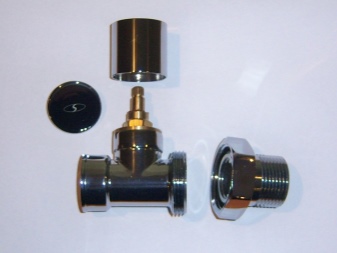
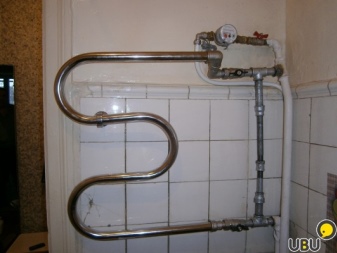
Installation steps
On the "ladder", the Mayevsky crane is placed on one of the vertical pipes. As already mentioned, it replaces the old stub. The sequence of work is as follows:
-
drainage of the system (ideally put on a new dry dryer);
-
turning the crane away from the wall with the opening tilting downward;
-
preparation of a slot or (in the case of modern heated towel rails) fastening to a designated socket;
-
thread preparation;
-
connecting the device itself using a special tap;
-
sealing the connection and checking the system.
Easier to seal with fum tape. Using tow is an extreme option. You can sometimes turn the screws with a simple flat screwdriver. Too much effort is not needed. There is a high risk of damage to the screw and cap.

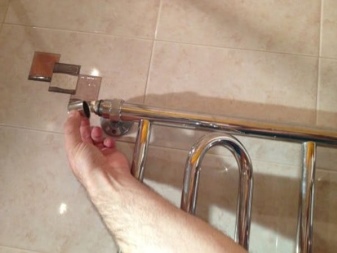













The comment was sent successfully.